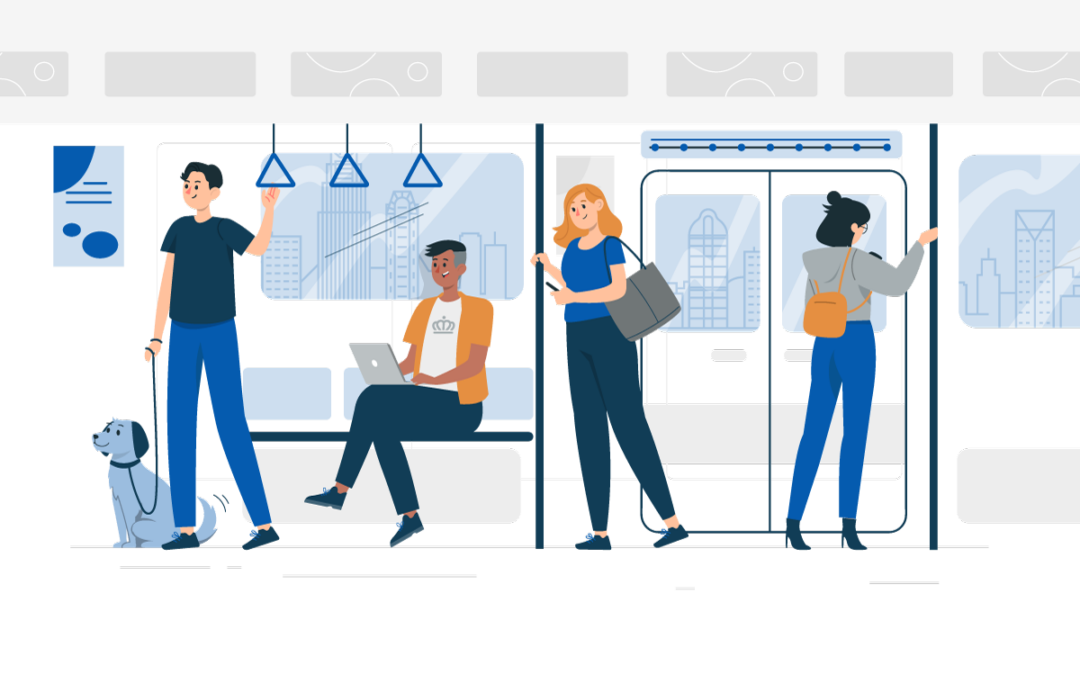By: Anamaria Zgimbau, Next Stage Summer Community Voice Fellow
Public transportation has become a prominent topic nowadays not only in Charlotte but on a global scale, praised for its environmental benefits and accessibility. In my 21 years of life, my exposure to public transit has been limited. While Romania’s public transport is efficient in major cities, I grew up in a small town where everything was within walking distance. I was also fortunate to have a father with a flexible job schedule who could drive me when needed, especially in unfavorable weather. Though I often took trains for long-distance, intercity trips as a teen, daily commuting via public transport remained a mystery to me. Later, during my exchange year in Lacey, WA, free and frequent bus services made traveling to nearby Olympia effortless during my spare time. Furthermore, going to college at Davidson prevented me from needing public transportation as most essential needs are within walking distance or I could tag along with my friends who own cars for occasional trips to Charlotte and other cities.
The Reality of Commuting in Charlotte
However, everything changed when I relocated to Charlotte for an internship with Next Stage. The necessity of commuting from Uptown to Plaza Midwood daily quickly highlighted the impracticality of walking. My first week using public transit was great and I was pleasantly surprised by certain features of the Charlotte system such as the light rail. Unfortunately, a significant setback occurred during my second week when I mistakenly boarded the wrong bus and found myself stranded in a storm. This incident, exacerbated by frustrations with the CATS Pass app, shook my confidence in using buses, prompting me to rely on Uber for transportation during my stay. However, I recognize that Uber is not a viable option for many residents in Charlotte. This realization underscores the critical importance of continued investment in public transit infrastructure and pedestrian-friendly initiatives. These investments are not merely conveniences but lifelines for countless individuals who rely on them for daily commutes to work, access to education, healthcare, and essential groceries.
The Importance of Reliable Public Transit Systems
Improving the reliability and usability of public transportation can alleviate dependency on personal vehicles, reduce traffic congestion, and contribute to environmental sustainability. Enhanced digital tools and user-friendly apps can make navigating transit systems more intuitive and less daunting, particularly for newcomers and occasional users like myself. Additionally, expanding coverage, increasing frequency, and ensuring connectivity across different modes of transport can enhance accessibility and convenience for all residents.
Moreover, investing in pedestrian and bike-friendly infrastructure promotes active lifestyles, reduces carbon emissions, and fosters a sense of community. Initiatives such as dedicated bike lanes, pedestrian walkways, and safe crossing points encourage healthier transportation choices and contribute to safer and more vibrant neighborhoods.
The Need for Continuous Investment in Public Transit
In conclusion, my journey through different phases of life has underscored the importance of accessible and reliable public transportation. While my personal experience in Charlotte highlighted challenges, it also emphasizes the potential benefits of robust transit systems for individuals and communities alike. By prioritizing investments in transit and sustainable infrastructure, Charlotte can enhance the quality of life, foster economic growth, and lead by example in promoting environmentally friendly transportation solutions.
